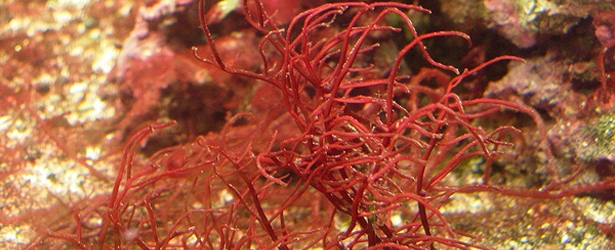It’s been a while since I’ve written a piece for my “What’s That?” series and tomorrow’s post will feature this ingredient, so I figured this was a good time to talk about agar. But before I do that, let’s talk about gelatin. I think PeTA put it best when they said:
“It’s probably no coincidence that gelatin rhymes with skeleton—because that’s exactly what it is—animal bones (along with animal skin, hooves, tendons, ligaments, and cartilage all boiled together into a goo)…“
How disgusting (and sad) is that? I know I’ve never looked at a regular gummy bear the same way since I learned that many years ago…
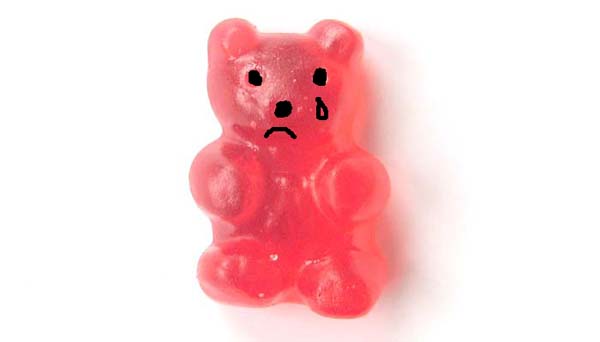
But that doesn’t mean that vegans can’t have gelling agents… or vegan gummy bears! Mother nature always provides cruelty-free alternatives, and in regards to gelatin, they exist in the form of Carrageen (Irish Moss), some Kosher gelatins, and… Agar!
Some facts on Agar
- It is a flavorless gelling agent
- It is derived from Gracilaria, a bright red sea vegetable (seaweed)
- It’s also known by its Japanese name Kanten or Agar Agar, the Malay term for the seaweed from which it’s produced
- It is available flaked, powdered, or in bars
- The flakes are traditionally produced by cooking and pressing the seaweed and then naturally freeze-drying the residue to form bars which are then powdered or flaked.
- It is rich in iodine and trace minerals, and has mildly laxative properties
- It is used as a growth medium for petri dishes to grow mold and bacteria
- It is used as a gelling agent in food preparation (see below)
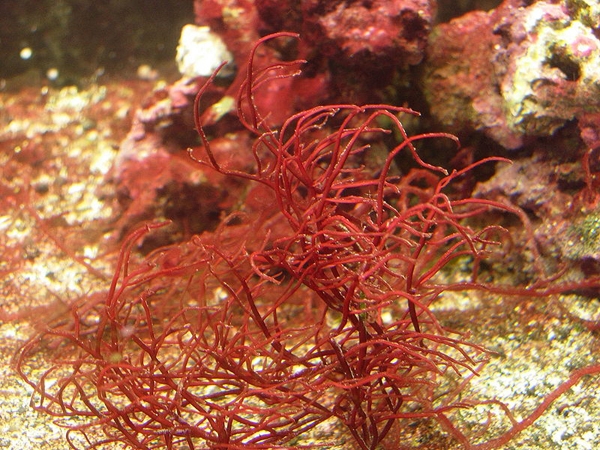
Cooking with Agar
- Agar can be used like gelatin, to make jellies, custards and puddings.
- It has stronger gelling properties than gelatin, so it sets in about an hour at room temperature and doesn’t require refrigeration to set
- Unlike gelatin, agar can be boiled and can even be re-melted if necessary
- For best results when using it in flake or bar form, grind the agar in a coffee grinder or food processor and then cook it, stirring it regularly until it dissolves
- Due to density variations, flaked and powdered agar need to be used in different proportions: 1 tbsp. of agar flakes = 1 tsp. of agar powder
- Substitute powdered agar in equal amounts for recipes calling for unflavored gelatin
- For a firmer gel, add more agar, and for a softer gel, add more liquid
- Highly acidic or alkaline ingredients affect the gelling ability of agar. So recipes calling for citrus fruits (oranges, lemons, etc) and strawberries, may require higher amounts of agar to set. Some ingredients break down the gelling ability of the agar so that it will not set at all, although cooking these fruits beforehand seems to help. These include fresh mangoes, papaya, pineapple, kiwi fruit, fresh figs, paw paws, and peaches.
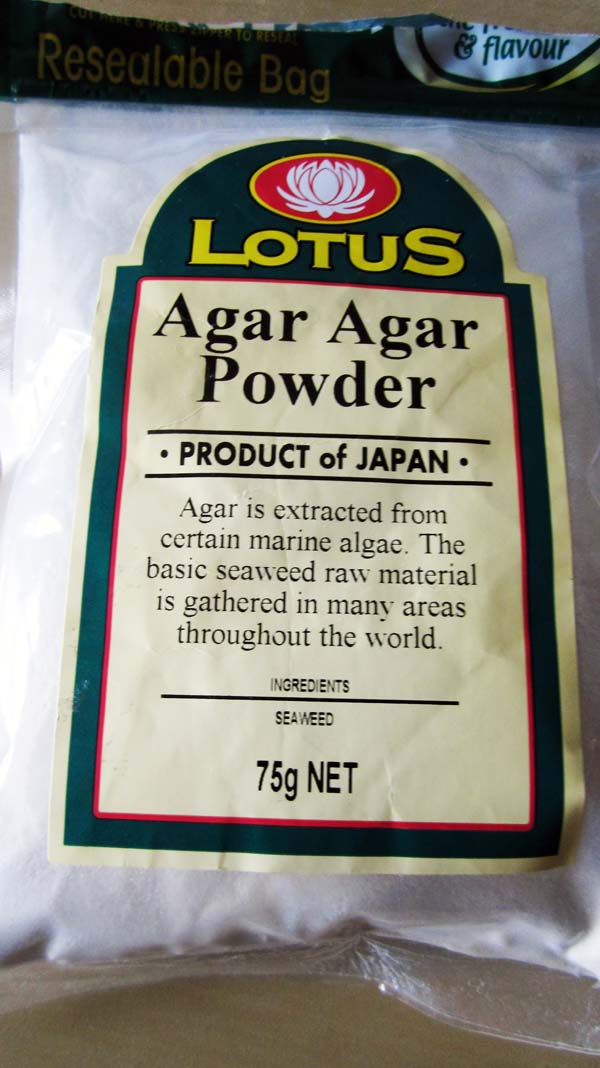 |
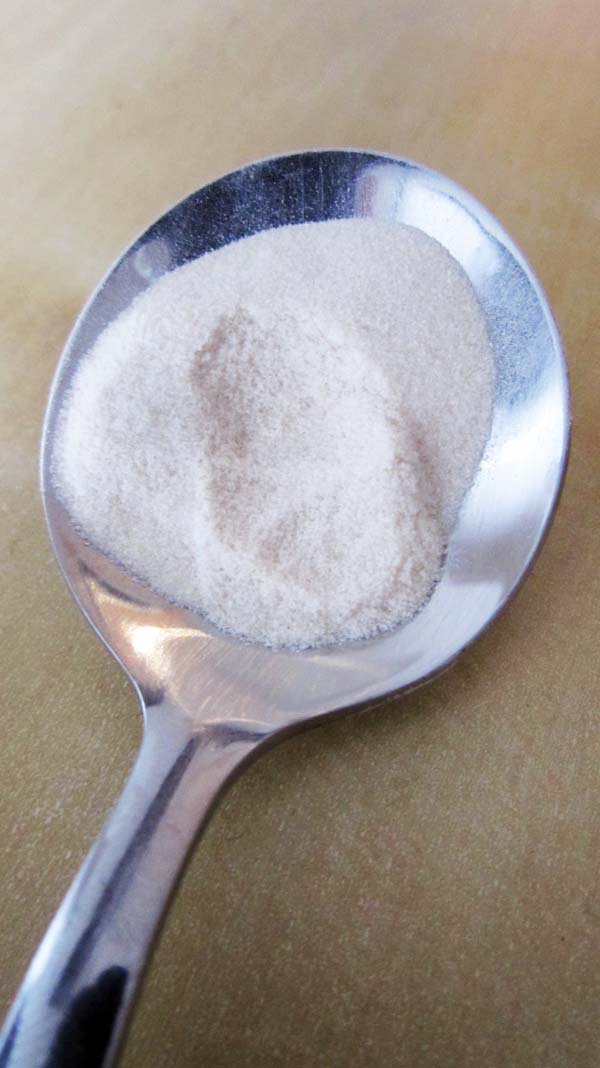 |
Q: Have you used Agar before? I’m curious – what are your favorite Agar recipes?
